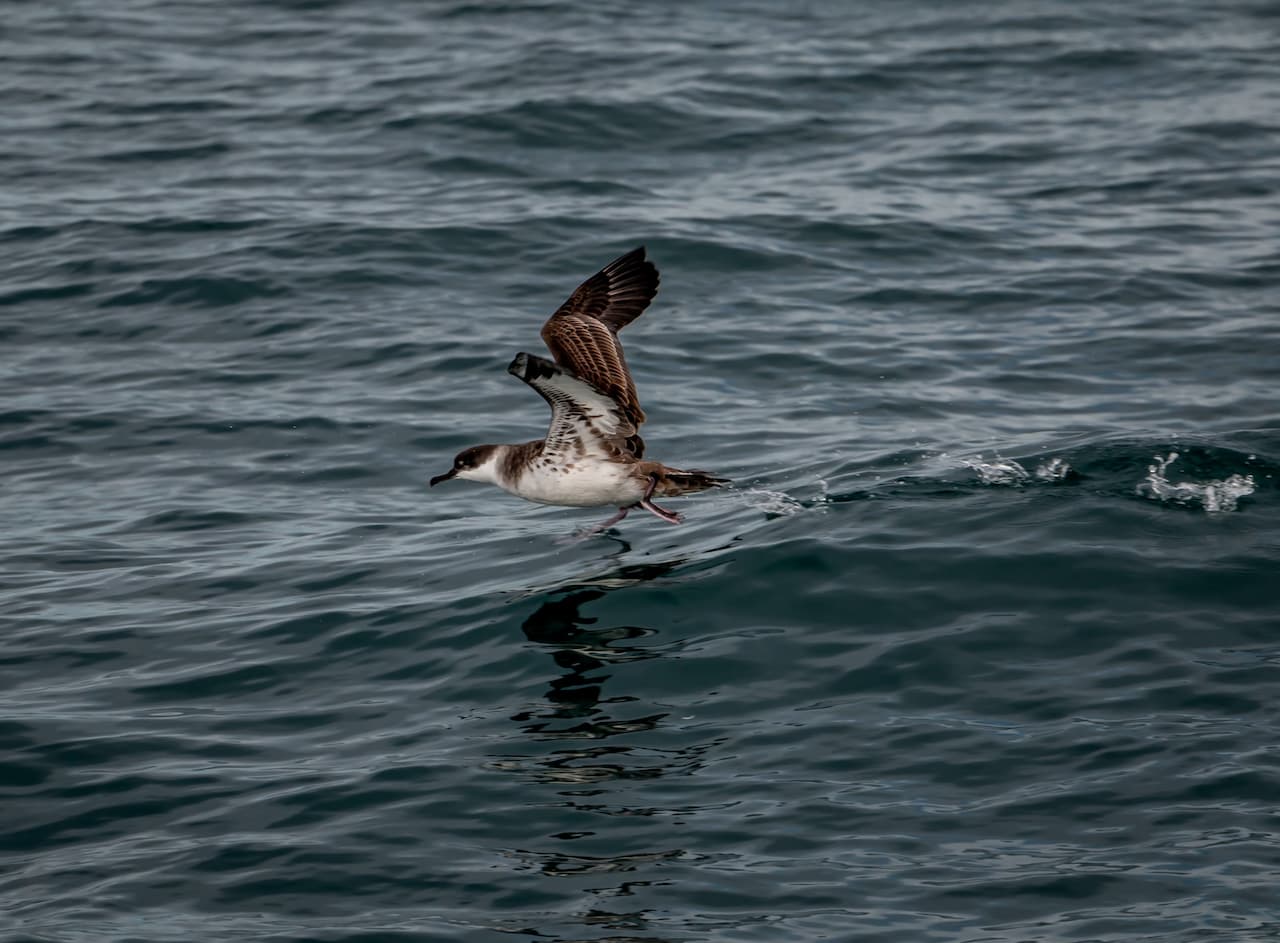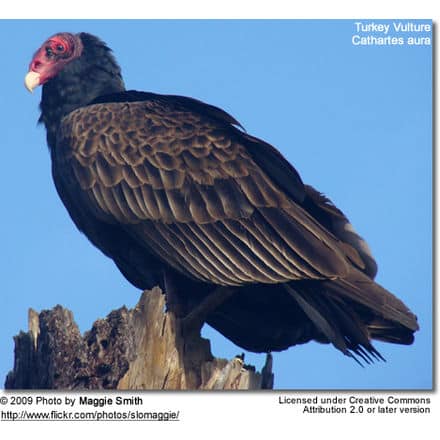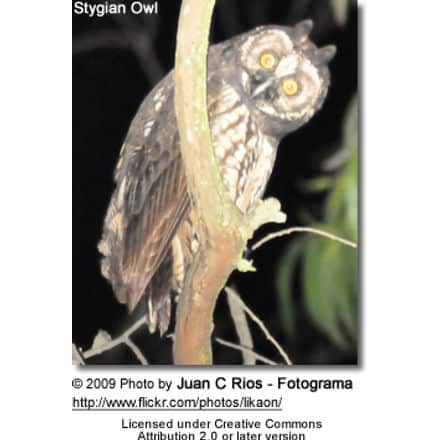Godwits
The godwit are a group of large, long-billed, long-legged, and strongly migratory wading birds of the genus Limosa. They form large flocks on coasts and estuaries in winter.
Godwits frequent tidal shorelines, breeding in northern climates in summer and migrating south in winter. In their winter range, they flock together where food is plentiful.
Description
Godwits are shorebirds (family Scolopacidae), large sandpipers with long legs and bills. Their long, subtly upcurved bills allow them to probe deeply in the sand for aquatic worms and mollusks.
The winter plumages are fairly drab, but three species have reddish underparts when breeding.
The females are appreciably larger than the males.
They can be distinguished from the curlews by their straight or slightly upturned bills, and from the dowitchers by their longer legs.
Family SCOLOPACIDAE
- Genus Limosa
- Black-tailed Godwit, Limosa limosa
- Hudsonian Godwit, Limosa haemastica
- Bar-tailed Godwit, Limosa lapponica – A female Bar-tailed Godwit holds the record for the longest non-stop flight for a land bird.
- Marbled Godwit, Limosa fedoa
In addition, there are two or 3 species of fossil prehistoric godwits.
- Limosa vanrossemi is known from the Monterey Formation (Late Miocene, approx. 6 mya) of Lompoc, USA.
- Limosa lacrimosa is known from the Early Pliocene of Western Mongolia (Kurochkin, 1985).
- Limosa gypsorum of the Late Eocene (Montmartre Formation, some 35 mya) of France may have been a curlew or some bird ancestral to both curlews and godwits (and possibly other Scolopacidae), or even a rail, being placed in the monotypic genus Montirallus by some (Olson, 1985).
Certainly, curlews and godwits are rather ancient and in some respects primitive lineages of scolopacids (Thomas et al., 2004), further complicating the assignment of such possibly basal forms.
Miscellaneous
The name Godwit originates in Old English with god meaning good, and wit coming from white, meaning creature.
Although not common tableware today, they were once a popular British dish. Sir Thomas Browne writing in the seventeenth century noted that godwits “were accounted the daintiest dish in England.”




